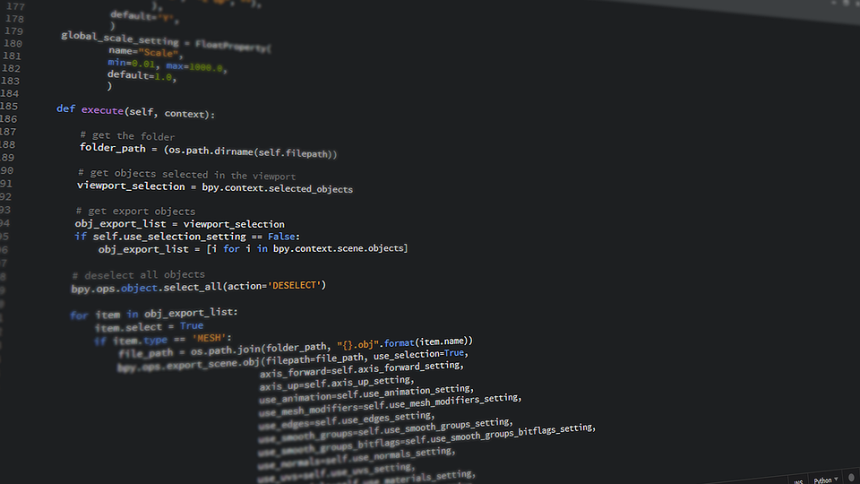In today’s fast-paced digital landscape, developers are constantly seeking ways to create and manage websites that are not only efficient but also adaptable to change. Enter the Headless Content Management System (CMS), a revolutionary tool that, when used in conjunction with JAMstack architecture, offers unparalleled flexibility, scalability, and performance.
Understanding JAMstack Architecture
JAMstack is an architecture that stands for JavaScript, APIs, and Markup. It empowers developers to build lightning-fast websites by pre-rendering static markup, often served directly from a Content Delivery Network (CDN). This structure decouples the frontend from the backend, meaning that developers can use any technology to create the user interface while relying on APIs to manage dynamic content.
Key Components of JAMstack:
- Pre-rendering: Static files are generated at build time, reducing server load and improving page load speeds.
- Decoupled architecture: The frontend and backend can be developed independently, allowing teams to choose their preferred technologies.
- APIs: Content and data can be fetched using APIs, giving developers access to a plethora of integrations and functionalities.
The Benefits of Decoupling with a Headless CMS
So why should developers consider adopting a headless CMS when working within a JAMstack architecture? Here are some key benefits:
1. Flexibility in Development
Headless CMS systems allow developers to choose their preferred frameworks and tools without being restricted by the backend. For instance, you can use React, Vue, or even static site generators like Next.js or Gatsby for the frontend while managing content through a headless CMS like Contentful, Strapi, or Sanity. This flexibility enables developers to experiment with new technologies and approaches without overhauling the entire system.
2. Enhanced Performance
By serving static content directly from a CDN and utilizing modern build tools, websites built with JAMstack and a headless CMS can achieve incredibly fast loading times. This is crucial, as page speed is a significant factor in user experience and SEO rankings. Furthermore, the decoupled architecture allows for greater optimization, enabling developers to prioritize performance in a way traditional CMS systems often cannot.
3. Scalability
As traffic to a website increases, scaling becomes essential. JAMstack’s reliance on CDNs for serving pre-rendered content means that your website can handle sudden spikes in traffic without the need for complex server configurations. A headless CMS further simplifies this process by allowing for a microservices approach—adding features or making content updates without impacting the overall system.
4. Improved Security
With no direct connection between the frontend and the backend, headless CMS systems tend to be more secure. Developers can minimize potential attack surfaces and protect sensitive information more effectively compared to conventional monolithic CMS platforms.
5. Streamlined User Experience
A headless CMS offers intuitive user interfaces for editors and content creators, enabling them to create, manage, and publish content without needing to rely on developers for each change. This separation fosters collaboration between these two groups, allowing developers to focus on building while content teams can manage the content lifecycle independently.
Popular Tools for Modern Web Apps
With the rise of JAMstack development, several tools have emerged as front-runners in providing robust headless CMS solutions. Notably:
1. Netlify
Netlify is an all-in-one platform that offers a powerful CI/CD pipeline for automating builds and deployments. It integrates seamlessly with headless CMS options and static site generators, providing developers with a smooth experience from code to production. Features such as form handling, serverless functions, and instant cache invalidation make it an ideal choice for JAMstack projects.
2. Vercel
Similar to Netlify, Vercel specializes in frontend frameworks and static sites, offering seamless integration with headless CMSs and popular frameworks like Next.js. Vercel focuses on optimizing performance and user experience, making it a favorite among developers for building high-performance web applications. Its real-time collaboration features also enhance project flexibility, allowing teams to iterate rapidly.
3. Contentful, Strapi, and Sanity
These headless CMS options stand out for their intuitive user interfaces and developer-friendly APIs. Contentful provides robust content modeling capabilities, while Strapi offers customization and self-hosting options. Sanity stands out with its real-time collaborative editing features, making it a great fit for teams working together on content.
Conclusion
In an era where speed, security, and flexibility are more important than ever, the combination of JAMstack architecture and a headless CMS presents a powerful solution for developers. By decoupling content management from the front end, teams can build modern web applications that are not only agile and responsive but also easier to maintain and scale.
With tools like Netlify and Vercel streamlining the deployment process and headless CMS solutions managing content efficiently, developers can unlock new levels of creativity and project success. So why wait? Dive into JAMstack development with a headless CMS and experience the transformative power it can bring to your projects!



